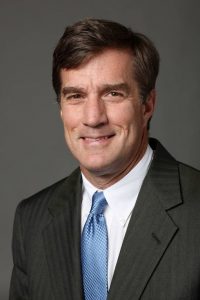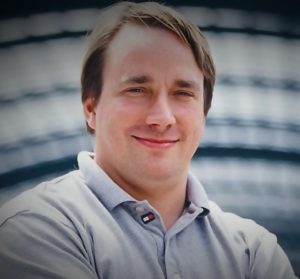David Welch : A Pioneer in the Field of Optical Devices & the Co-founder of Infinera
Passion can not only help you discover new horizons, but it also leads you to the heights of success. In the past many years, we have been hearing about the discoveries that have been derived from passion, and today, are contributing to the world. One such passionate person is David Welch, an optical engineer, who is the pioneer in the field of optical devices and the co-founder of Infinera. David Welch started his journey as an optical engineer and ended up becoming an entrepreneur, who is also one of the famous contributors in the various sectors of science, engineering and technology.
Early Life
David Welch was born on 26 October 1960, in Washington, D.C. His father was in the navy and had also worked as an engineer at Westinghouse. David was inspired by his father and used to build small electronic equipment with him. He also built an electronic tic-tac-toe game for his science project while in school.

David completed his high school education from Severna Park High School in Severna Park, Maryland, and attended the University of Delaware where he pursued a bachelor’s degree in electrical engineering. During the freshman year in college, he played as the pitcher in his college baseball team. At the same time, he had applied for the naval academy to follow his father’s footsteps in career, but soon he realized that he is not much interested in navy. During his vacations, he used to take small jobs at companies that helped him to get involved in practical engineering works. One of his such jobs included a job at Aeronautical Radio, Inc. where he worked on radio technologies used in planes.
Later, in 1985, he joined Cornell University to earn a PhD degree in Electrical Engineering.
Career
As soon as David finished his PhD thesis, in 1984, he started giving interviews and finally, joined as the research scientist at SDL, in January 1985. Eventually, in the late 80’s he was appointed as the vice president of research in the company. In 1992, for his contribution to the optical science, David was awarded the Adolph Lomb Medal from the Optical Society of America. Throughout his seventeen years of career, he handled various important job titles at SDL including the chief technology officer and vice president for corporate development.
At the same time, he designed and developed the high power diffraction limited semiconductor lasers and was awarded the IEEE LEOS Engineering Achievement Award in 1998. Then in 1999, David received the OSA’s Joseph Fraunhofer and Robert M. Burley Award.
Founding Infinera
David met his future co-founders Jagdeep Singh and Drew Perkins at a 2000 Christmas party. The three had discussions on optics and bandwidths. Together they conceived the idea of starting a digital optical network and started working on the same.
In the year 2000, David founded Infinera as Zepton Networks, along with Jagdeep Singh and Drew Perkins. The company stayed underground until it produced its first product in 2004. The company is known for the production of WDM optical transmission equipment for the telecommunications service provider market. The company is also a pioneer in the design and manufacture of large scale photonic integrated circuits.
Within seven years of its inception, in 2007, Infinera went public on the NASDAQ raising a valuation worth $182 million. This was just the beginning, till now the company has registered over 300 patents in the field of optical transport and virtualization of optical bandwidth. Welch himself holds over 130 patents in the field of optics and has published over 250 articles on the same.
Personal Life
Welch married to Heidi Welch in 1993. The two have a daughter and two sons. Welch is one of the boards of directors of AntriaBio, Inc., which is a biopharmaceutical company. As of 2018, the estimated Net Worth of David F Welch is at least $11.5 Million.

Yashica is a Software Engineer turned Content Writer, who loves to write on social causes and expertise in writing technical stuff. She loves to watch movies and explore new places. She believes that you need to live once before you die. So experimenting with her life and career choices, she is trying to live her life to the fullest.

